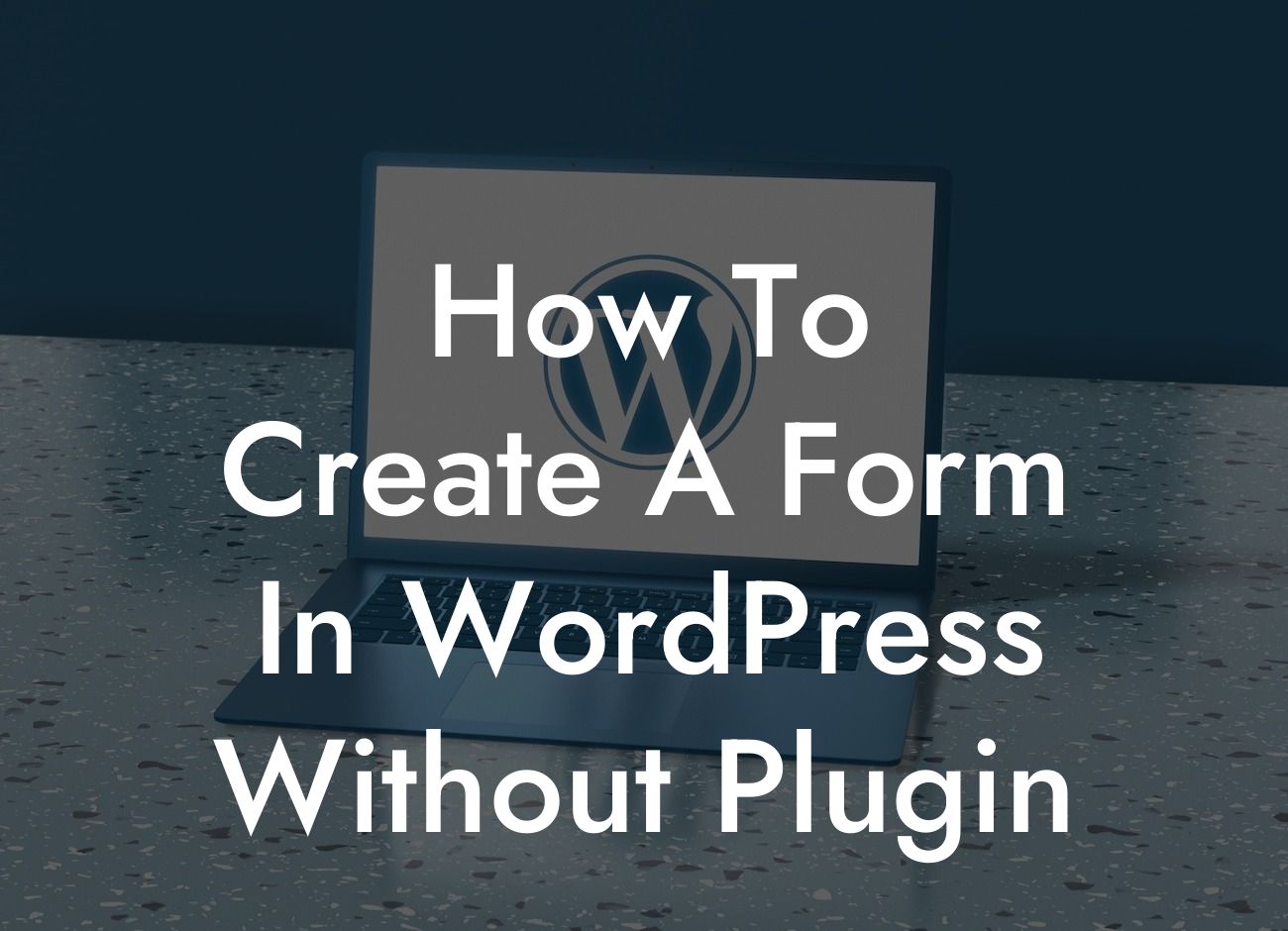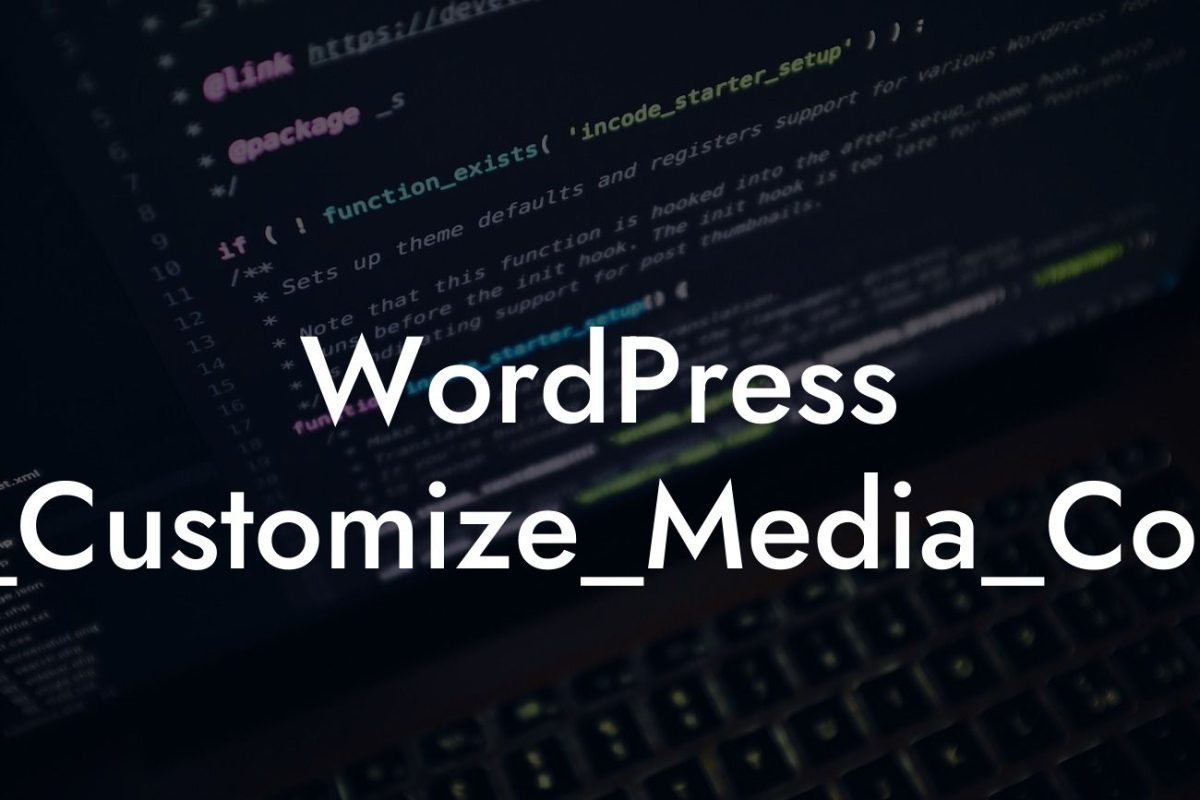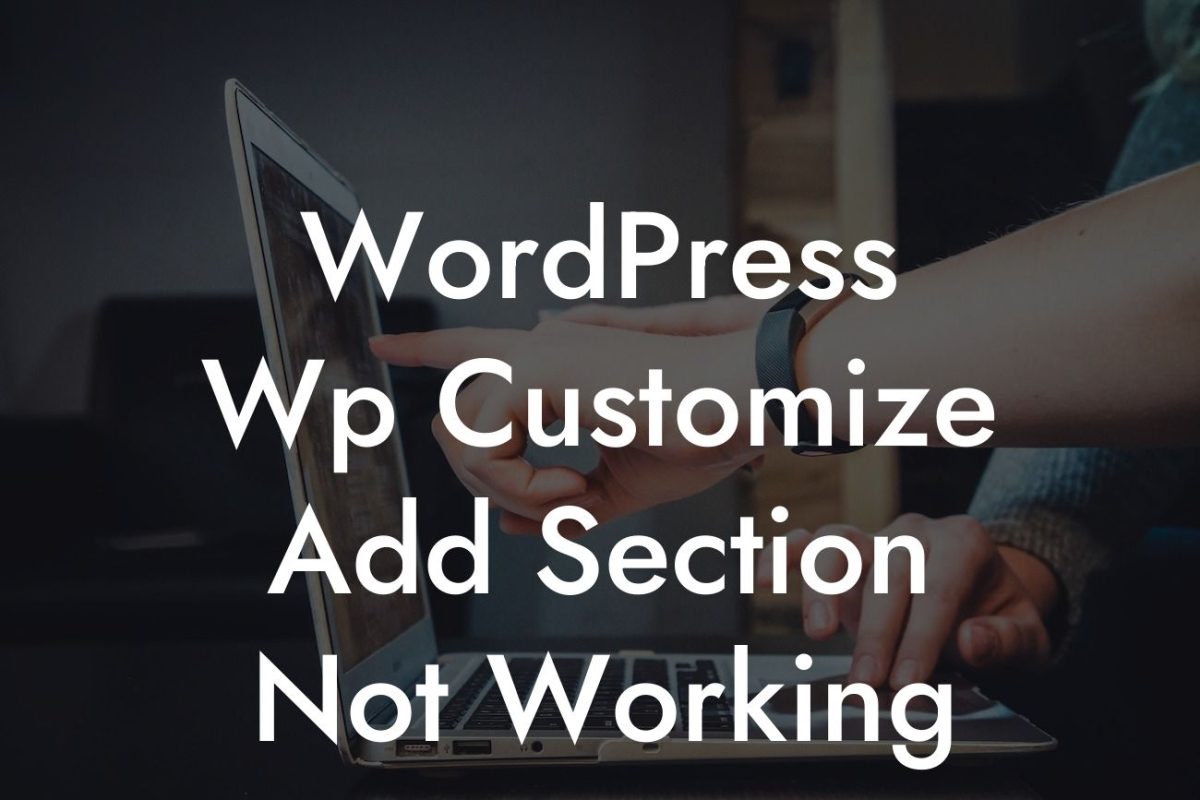Forms are an essential aspect of any website, allowing businesses to collect valuable customer data, gather feedback, and facilitate communication. While there are numerous WordPress plugins available to create forms, sometimes it's more convenient, cost-effective, and secure to build a form without relying on third-party plugins. In this guide, we will show you the step-by-step process of creating a form in WordPress using its native features. Get ready to elevate your website's functionality and customize your form to meet your specific requirements.
Creating a form in WordPress without a plugin is easier than you might think. Follow these steps to get started:
1. Determine the Purpose of Your Form: Before you dive into form creation, clearly define its purpose. Are you aiming to collect customer inquiries, conduct surveys, or enable users to subscribe to your newsletter? Understanding your form's objective will guide you in designing an efficient and user-friendly form.
2. Utilize the Contact Form 7 Plugin: While we aim to create a form without relying on plugins, the Contact Form 7 plugin is an exception. Install and activate this popular plugin, as it provides essential functionalities for form creation, such as form management, email notifications, and spam protection.
3. Customize Your Form: Access the Contact Form 7 plugin settings, where you can customize the form to suit your branding and requirements. Opt for a suitable form layout, define field types, and enable validation to ensure accurate data entry.
Looking For a Custom QuickBook Integration?
4. Configure Form Submission Options: Determine where you want form submissions to be sent. You can choose to receive submissions via email, store them in a database, or redirect users to a customized confirmation page. Tailor these options to align with your communication strategy.
5. Enhance Form Functionality: While Contact Form 7 offers several customization options, you can further enhance your form's functionality by adding additional code snippets. Explore DamnWoo's guide on advanced form customization for step-by-step instructions.
How To Create A Form In Wordpress Without Plugin Example:
Let's consider an example of a small e-commerce business wanting to create a product inquiry form. With the step-by-step guide outlined above, they can customize their form to include fields such as buyer's name, email address, product selection dropdown, inquiry details, and a submit button. By following these instructions, they can create a personalized and efficient form that seamlessly integrates with their WordPress website.
Congratulations! You have successfully created a form in WordPress without relying on a plugin. With DamnWoo's expert tips, you can enhance your website's functionality and optimize your users' experience. Now that you have mastered form creation, why not explore other informative guides on DamnWoo to further elevate your web presence? Don't forget to check out our awesome WordPress plugins designed exclusively for small businesses and entrepreneurs. Share this article to help other businesses harness the power of WordPress forms.













